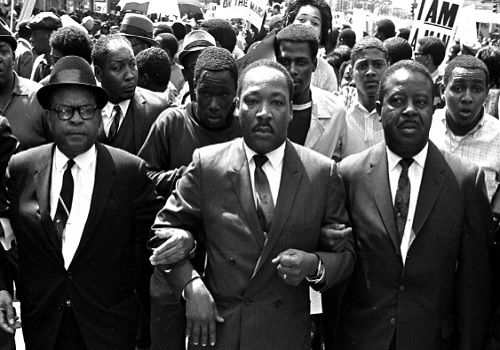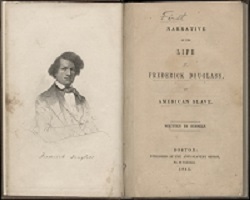Role in the Civil War
The 1850s saw a deeper divide between north and south. The passage of the Compromise of 1850 and the Kansas Nebraska Act of 1854 only delayed the inevitable, Civil War. Middle class whites in the north started to sympathize with the plight of slaves and a growing number of abolitionists condemned the institution of slavery. In March 1852 the public’s imagination was captivated by the publication of Harriet Beecher Stow’s Uncle Tom’s Cabin.
Abraham Lincoln was elected President in 1860 and immediately, in December of that year, South Carolina passed an Ordinance of Secession. Other southern states joined South Carolina forming the Confederate States of America. It did not take long for war to erupt as the north and south could not agree on the issue of slavery and its expansion. As war began, Harriet Tubman was a cautious supporter of Lincoln.
African American leaders responded to the call to fight for their country with enthusiasm. One of the early leaders to call for action of all African Americans was Frederick Douglass. He supported the inclusion of African American troops as a way to test their loyalty and as a path to full citizenship. Other African American leaders such as Jermain Loguen and William Wells Brown also advocated their enlistment in the Union Army.
Fort Monroe
In 1861 Tubman was recruited as a volunteer as part of the Massachusetts troop led by General Benjamin Buttler. She was the only African American among the all white troop. They were stationed at Fort Monroe, Virginia, on the western shore of the Chesapeake Bay. Her role at Fort Monroe was not official and unrelated to military operations. The fort was overwhelmingly flooded with fugitives or as they were called “contrabands”, most of them came with families and small children. They were given food and put to work as manual laborers, building roads and dikes. They were not paid, and critics suggested that they had only changed masters. Women were put to cook and do the laundry. Tubman was assigned to assist them, she worked as a nurse, cook and washing clothes.
Port Royal
In May of 1862 Tubman traveled to South Carolina where she joined Dr Henry K. Durand, the Director of the freedman’s hospital at Port Royal. Soldiers as well as fugitives were dying; some of the most common illnesses were typhoid, cholera, malaria, yellow fever, chicken pox and dysentery. Tubman was knowledgeable in local roots to treat diseases; her healing powers became legendary among soldiers.
Combahee River Raid
After the Emancipation Proclamation went into effect on January 1, 1863 colored people were allowed to enroll in the military. They were under scrutiny and many doubted about their commitment and bravery.
Tubman became part of a group of scouts in charge of espionage and she was the commander of the team. She reported directly to Generals David Hunter and Rufus Saxton. She was assigned to create lifelines and escape routes for trapped slaves.
On the night of June 2, 1863 Tubman guided a troop of 150 black soldiers of the Second South Carolina battalion on the Combahee River. The plan was to liberate as many slaves by catching slaveholders by surprise. The attack became known as the Combahee River Raid and liberated more than 750 slaves.
Tubman’s accomplishments in the Combahee River Raid stayed anonymous until July 10, 1863 when a journalist Franklin B. Sanborn published an article “Harriet Tubman”, it was a biographical outline of Tubman’s life. Sanborn’s article was published in the Commonwealth, an antislavery newspaper in Boston. He brought Tubman to the spotlight for the first time praising her for guiding slaves to freedom using the Underground Railroad and by risking her life.
Efforts to recruit African Americans to the Union Army
Meanwhile efforts to recruit free African Americans were taking place in the north. With the effort of James Forten, Frederick Douglass and John Mercer Langston, the Massachusetts 54th regiment was one of the first official African American regiments to fight in the Civil War. Nearly 1,000 men were drafted. Frederick Douglass’ two sons and Sojourner Truth’s grandson were enlisted in the regiment.
When the war was over in 1865 she returned home to Auburn, New York. A battle to get compensation for her services would last 30 years.





